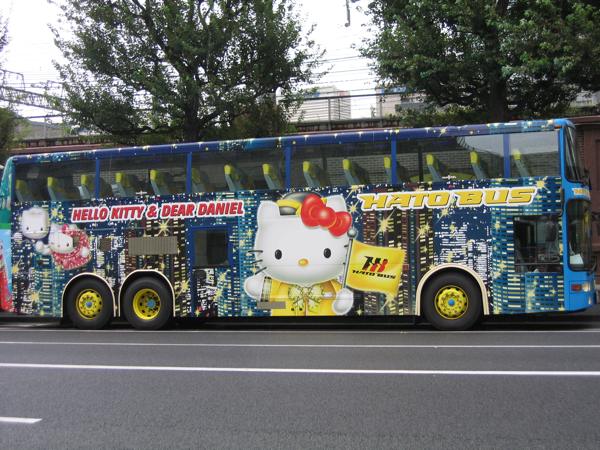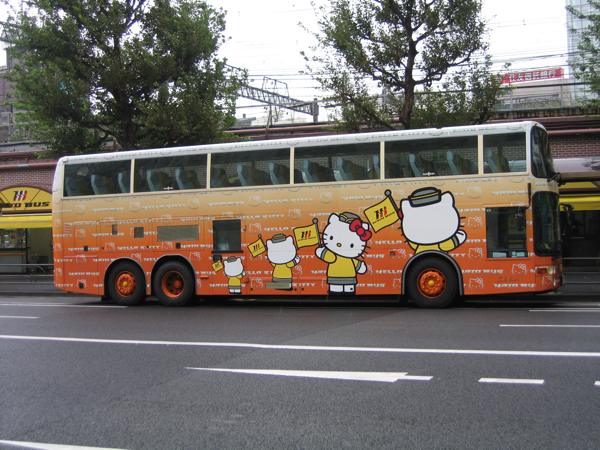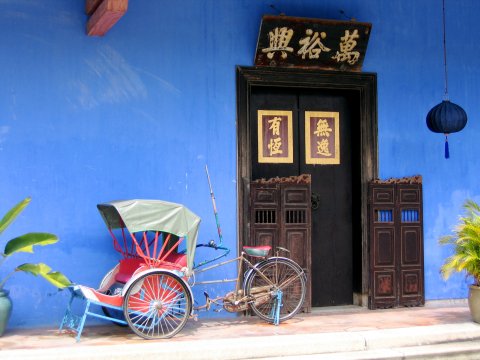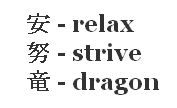Seen on the way to my first day of work in Tokyo:

‘Hello Kitty Bus 1’

‘Hello Kitty Bus 2’
Seen on the way to my first day of work in Tokyo:



Taken at the same location as my rickshaws photo, and also available in my redbubble portfolio.

This photo was taken at Cheong Fatt Tze Mansion in Penang on my (not-so-recent) trip to Singapore/Malaysia/Thailand in November last year. The blue color was created using the crushed petals of a local flower, in an attempt to match the original 19th century color. The mansion was recently restored, and is now a functioning guest house and is open for tours. It was also used as a setting for the movie ‘Indochine’.
PS: I know the photo is small. I will eventually get a photo gallery set up with a larger version (and some more photos!).
Update: A full-size version of this photo is now available for purchase!
Last year Bron and I went to see the Picasso exhibition at the NGV International. I didn’t know much about Picasso, but the exhibition was pretty interesting. A large part of it was actually about Picasso’s muse Dora Maar. They even had ipods with an audio guide available for hire.
Here’s a couple of pictures I took that night.


Update: Full-size versions of these photos are now available for purchase!
昨年、日本へ行ったとき、ホームステイのお母さんとホームステイの妹が僕の漢字の名前を選んで教えてくれました。 (When I went to Japan last year, my host mother and host sister chose my name in Kanji.)
Before I went to Japan, I had always used “アンドリュー” for my name in Japanese. This is “andoryuu”, the closes pronounciation of “Andrew” in Japanese, written in katakana. This is a common practice, and something you will typically learn if you do a beginners course in Japanese.
When I got to Japan, my host mother explained that it might be possible to chose a Kanji equivalent, even for a western name. This is done by finding kanji that have readings that match the sounds of your name. For my name, that meant finding kanji for the sounds あん(an), ど(do), and りゅう(ryuu).
This is quite a difficult process. Each kanji has a core meaning, and one or more readings (typically one or two syllables). You will generally have a choice of kanji for each of the sounds in your name, although sounds common in western names may not have any kanji. There can even be more than one Kanji with the same meaning and sound. Some readings of a kanji may not be suitable for use in names, so it’s definitely best to get the help of a Japanese person for this! Take a look at Hanzi Smatter for some examples of people getting tattoos of Japanese/Chinese characters when they obviously have no idea what they mean!
In the end, if you’re lucky, you end up with a kanji name that has a “meaning” (really more of a connotation) that appeals to you.
家族が教えてくれた名前は安努竜
(The name my family taught me is 安努竜)
安 – relax
努 – strive
竜 – dragon
うれしい!素敵名前と思う。お母さん、ゆかちゃん、ありがとうございます! (I’m happy! I think it’s a great name. Thankyou to Mum and Yuka!).
安努竜。 Andrew.
PS: A friend tells me that 安努竜 doesn’t make sense in Chinese (the last two kanji don’t mean anything). It’s better than it meaning something completely different! Perhaps the other Kanji for dragon (龍) has the same meaning in Chinese?
PPS: As m1k3y noted, if you don’t have Japanese fonts installed all you see is a bunch of ???s. Here’s a picture of the name:
